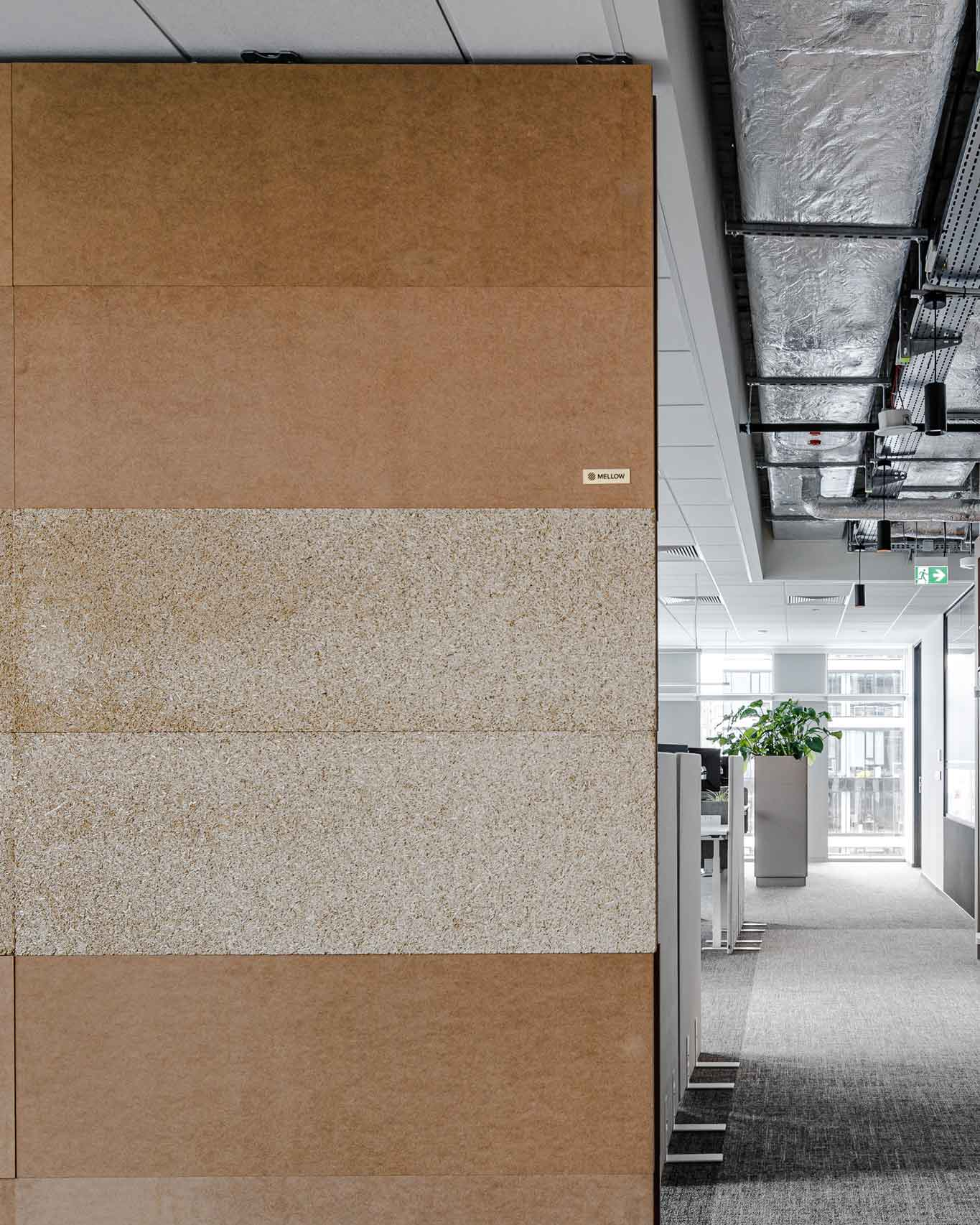
Ecodesign for Sustainable Products Regulation
Author: Tereza Holsanova
In today’s era of heightened environmental awareness, the concept of eco-design has emerged as a pivotal approach to ensuring the sustainability of products. Ecodesign integrates environmental considerations into the product development process, aiming to minimize environmental impacts throughout a product’s lifecycle. This article delves into the realm of ecodesign for sustainable products regulation, exploring its significance, evolution, benefits, challenges, and future trends.
Introduction to Ecodesign
Ecodesign embodies a proactive approach toward environmental conservation by considering ecological factors during the design phase of products. It emphasizes the optimization of resource use, reduction of energy consumption, and minimization of waste generation. By prioritizing environmental sustainability alongside functional and aesthetic aspects, ecodesign contributes to the creation of products that are not only efficient but also eco-friendly.
Evolution of Ecodesign Regulations
The roots of ecodesign regulations can be traced back to the 1970s when environmental concerns gained momentum globally. Since then, various countries and international organizations have initiated efforts to enact ecodesign policies aimed at curbing environmental degradation caused by industrial activities. The evolution of these regulations reflects a growing recognition of the need for sustainable production and consumption patterns on a global scale.
Understanding Sustainable Products Regulation
Sustainable products regulation encompasses a set of policies and standards aimed at promoting the development and adoption of eco-friendly products. These regulations are designed to address environmental challenges such as climate change, resource depletion, and pollution by setting criteria for product design, manufacturing, and disposal. Key components of sustainable products regulation include eco-labeling schemes, product certification requirements, and mandatory environmental performance standards.
Benefits of Ecodesign for Sustainable Products
The adoption of ecodesign principles offers numerous benefits for both businesses and the environment. Firstly, it leads to a significant reduction in environmental impacts by minimizing energy consumption, emissions, and waste generation throughout a product’s lifecycle. Secondly, ecodesign enhances resource efficiency by optimizing the use of raw materials and promoting recycling and reuse practices. Additionally, it enhances the market competitiveness of companies by catering to the growing demand for sustainable products among environmentally conscious consumers.
Challenges in Implementing Ecodesign Regulations
Despite its potential benefits, the implementation of ecodesign regulations faces several challenges. Technological barriers such as high initial costs and limited availability of eco-friendly materials can hinder the adoption of ecodesign practices, particularly among small and medium-sized enterprises (SMEs). Moreover, resistance from industries accustomed to traditional production methods and concerns about the impact on competitiveness pose additional challenges. Regulatory complexities, including overlapping standards and compliance requirements, further complicate the implementation process.
Case Studies of Successful Ecodesign Implementation
Several industries have successfully embraced ecodesign principles to develop sustainable products. For instance, the automotive sector has made significant strides in improving vehicle fuel efficiency and reducing emissions through the use of lightweight materials and advanced propulsion technologies. Similarly, the electronics industry has adopted eco-design strategies to minimize the environmental footprint of electronic devices by enhancing energy efficiency and promoting recycling initiatives.
Future Trends in Ecodesign Regulations
Looking ahead, the future of ecodesign regulations is marked by continuous innovation and adaptation to emerging environmental challenges. Advancements in technology, such as additive manufacturing and artificial intelligence, offer new opportunities for integrating sustainability into product design and manufacturing processes. Furthermore, policymakers are expected to focus on strengthening existing regulations and exploring new policy instruments to incentivize eco-friendly innovation and investment.
mellow designs and Ecodesign Regulations
In mellow designs, our products comply with regulations. Our products adhere to stringent ecodesign regulations, ensuring compliance with environmental standards and sustainability criteria. We have implemented eco-friendly practices throughout the product development process to minimize environmental impact and promote resource efficiency. Our commitment to sustainability is reflected in our mission to popularize zero waste philosophy and paradigm of circular economy by creating spaces and products for everyday use with upcycled and recycled materials. If you’d like to learn more, don’t hesitate to book a call below!

Conclusion
In conclusion, ecodesign for sustainable products regulation plays a crucial role in promoting environmental sustainability and fostering green growth. By integrating environmental considerations into the product development process, ecodesign offers a pathway towards achieving a more sustainable and resource-efficient economy. Despite facing challenges, the implementation of ecodesign regulations holds immense potential for driving positive environmental and economic outcomes in the years to come.
Resources:
- https://commission.europa.eu/energy-climate-change-environment/standards-tools-and-labels/products-labelling-rules-and-requirements/sustainable-products/ecodesign-sustainable-products-regulation_en
- https://www.epa.gov/smm
- https://www.iso.org/standard/72644.html
- https://www.iso.org/obp/ui/#iso:std:iso:14006:ed-2:v1:en

Latest ArtiCles


building better with adaptable partition walls

2 Responses
You really make it appear really easy together with your presentation however I in finding
this topic to be really something which I believe I might never
understand. It kind of feels too complicated and
extremely extensive for me. I am looking forward in your next post, I
will try to get the grasp of it! Escape room lista
hey,
thank you for your feedback. the topic is very comprehensive.
don’t forget to follow our social media! 😉
Tereza, team mellow designs